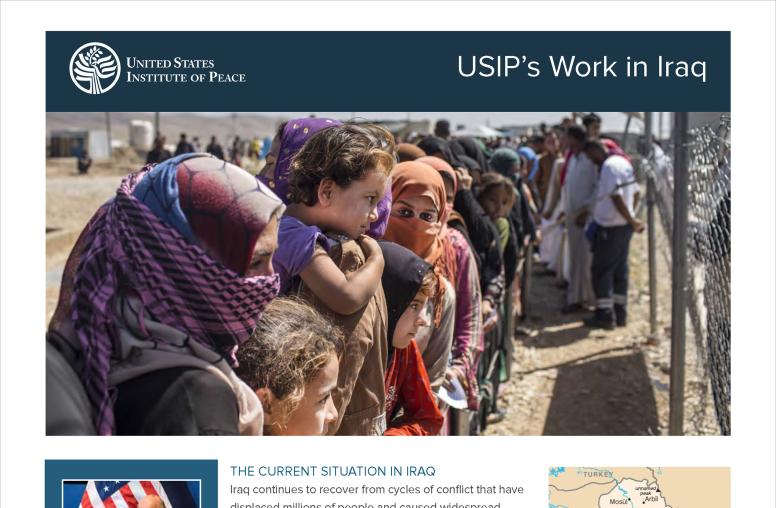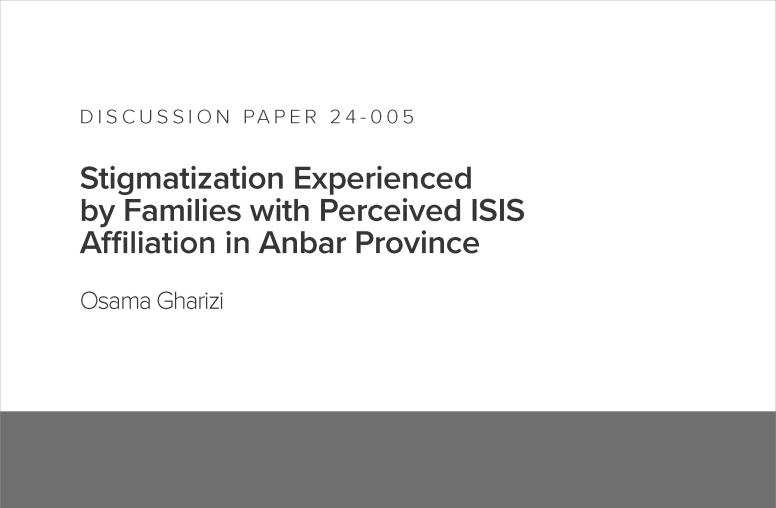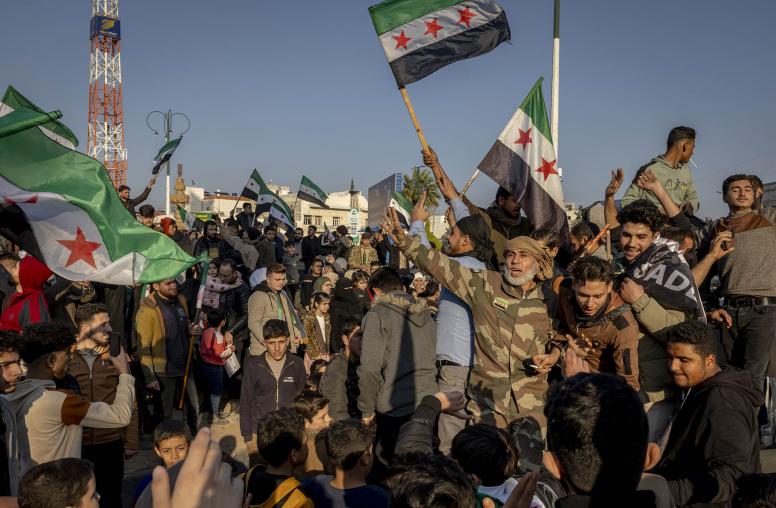Ayatollah Sistani and the Democratization of Post-Ba'athist Iraq
Based on historical analysis and personal interviews with a number of aides and representatives of the grand ayatollah in Iran and Iraq since 2005, this report examines the role of Ayatollah Ali Hussaini Sistani in the democratization of post-Ba‘athist Iraq.

Summary
- Since spring 2003, Sistani has become the preeminent and best financed of the grand ayatollahs remaining in the city of Najaf--and by extension, in Iraq. He remains one of the most powerful figures in Iraq and he brings the Shi'is closer together across the greater Middle East.
- Since 1997, the Internet has increased the size and the prestige of Sistani’s social organization to an astonishing degree on a global basis.
- Like his father, Sistani is an adherent of a democratic Shi'i tradition that dates back to the Persian Constitutional Revolution of 1906 to 1911 and continued with the Khatami reformist movement (1997–2005).
- As the general representative of the Hidden Imam, quietist Sistani can remain totally aloof from all political matters, while at times of perceived moral decadence, political corruption, great injustice, or foreign occupation, he can become more active in political affairs by engaging in activities such as consultation, guidance, and even the promotion of sacred norms in public life.
- Sistani’s religious network is increasingly becoming an important source of local governance in southern Iraq, where many Iraqis are hired and at times agree to conduct duties that are usually carried out by the state.
- Sistani’s insistence on recognizing Islam as a fundamental component of the Iraqi constitution is not intended to make Iraq an Islamist state based on juridical sharia strictures, but rather to limit the total secularization of the constitution, which would deprive a Muslim country of an “authentic” national identity based on its Islamic heritage.
- Sistani could contribute to reducing sectarian tensions by working with other Sunni and Shi'i religious leaders (including tribal leaders) to organize a National Reconciliation Initiative in order to display a united, powerful Sunni-Shi'i front with an emphasis on common Islamic ideals; to express condemnation of anti-Shi'i Wahabi extremism and anti-Sunni Shi'i radicalism; and to form communal solidarity through the ceremonial process of intersectarian group gatherings.
- Sistani remains a key religious figure who has influence as a peacemaker and mediator among various Shi'i factions and ethnic groups in Basra and Kirkuk that are competing for economic and territorial dominance in the northern and southern regions of the country.
- As long as the state army is unable to independently fight off the Sunni insurgency and Shi'i militias, it is highly unlikely that Sistani will call for a U.S. withdrawal from Iraq.
- Sistani is mainly concerned with maintaining stability in the region while rejecting any form of U.S. military adventurism that could seriously endanger the integrity and autonomy of Muslim countries in the greater Middle East.
- Although Sistani is still a powerful figure within Iraq, his influence has diminished since the bombing of the Shi'i shrine in Samarra in February 2006 and the ensuing increase in Sunni–Shi'i violence. Washington should recognize that until the sectarian warfare subsides, there is no effective way for Sistani to become involved in the Iraqi political process. However, Washington should engage Sistani now, because of the positive role he would have in the democratization of Iraq if the sectarian tensions subside.
About the Report
Based on historical analysis and personal interviews with a number of aides and representatives of the grand ayatollah in Iran and Iraq since 2005, this report examines the role of Ayatollah Ali Hussaini Sistani in the democratization of post-Ba'athist Iraq.
Babak Rahimi was a senior fellow at the United States Institute of Peace in 2005 and 2006. He is currently an assistant professor of Iranian and Islamic studies at the University of California, San Diego. A specialist in medieval and modern Islamic history, he has published a number of articles on the political and religious history of Iraq, Iran, and Turkey. He is working on a book project, titled Between Carnival and Mourning: Muharram Rituals and the Rise of the Iranian Public Sphere in the Safavid Period, 1590–1666 C.E., due for publication in 2008.



